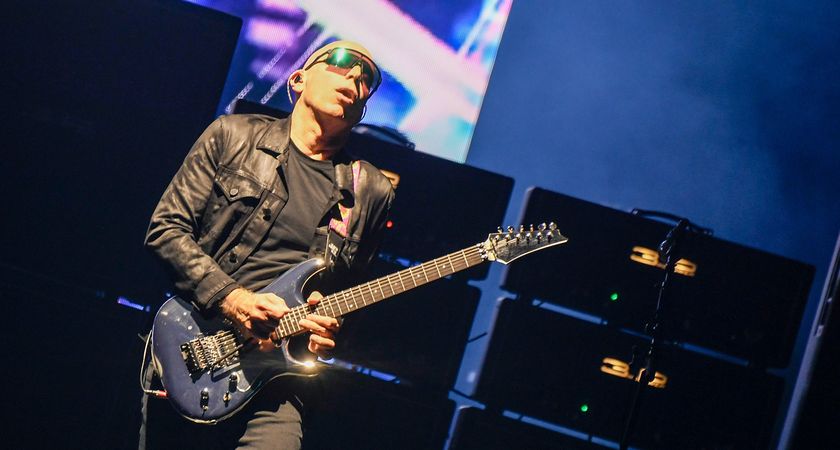10 Most Earth Shaking Guitar Innovations
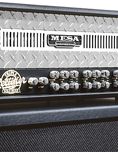
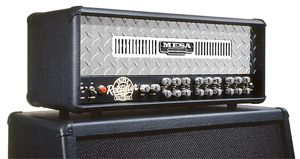
Orginally printed in Guitar World, December 2006.
Guitar World sizes up the 10 most earth-shaking guitar innovations
of the past 25 years.
From amps and accessories to hardware and hard drives, guitar technology has undergone a major transformation in recent decades. Here, in no particular order, are Guitar World’s bids for the 10 most significant guitar innovations of the past 25 years.
HIGH-GAIN AMPS
To satisfy guitarists’ lust for dirt, amp manufacturers like Mesa/Boogie and Soldano paved the way for the increasingly gritty sounds of modern metal in the Eighties by building amps with five gain stages (by comparison, Marshall amps at that time had three gain stages). Metal just wouldn’t sound as heavy without high-gain amps like the Mesa Triple Rectifier, VHT Pittbull, Diezel Herbert, Marshall MF350 or Peavey 5150 (with its six ear-searing gain stages).
MODELING
Before Line 6 introduced its first modeling amps in the Nineties, guitarists who wanted a variety of amp tones had to use confusing multichannel amps or haul stacks of amps to gigs. Today, modeling amps can summon the shimmering clean tones of a Sixties Fender, the raunch of a Seventies Marshall or the vicious growl of a Nineties Boogie, and do so with the flick of a switch. Line 6 continues to push the envelope with modeling-based amps, guitars and stomp boxes.
Get The Pick Newsletter
All the latest guitar news, interviews, lessons, reviews, deals and more, direct to your inbox!
FLOYD ROSE TREMOLO
Although the Floyd Rose tremolo was invented in the Seventies, it didn’t become widely available until 1982, when Kramer started mass producing the units and offering them on its guitars. The Floyd Rose allowed guitarists to radically drop and raise pitch, and without it we wouldn’t have Joe Satriani’s howling screams in “Satch Boogie,” Dimebag Darrell’s eerie lead in “Cemetery Gates” or just about anything done by Steve Vai. Then again, we probably wouldn’t have had Night Ranger. Win some, lose some.
DIRECT-RECORDING BOXES
Boston guitarist Tom Scholz single-handedly launched the directrecording revolution when he invented the Rockman, a device that allowed players to lay down massive studio-quality sounds without miking an amp. The Zoom 9002 brought digital effects into the fold in 1990. With amp modeling, cabinet emulation and digital effects, the Line 6 Pod is a current favorite in professional and home studios alike.
INEXPENSIVE CHROMATIC TUNERS
In the Seventies, your only options for tuning your guitar were a very expensive strobe tuner, a cheesy pitch pipe or an extremely good ear. After companies like Boss and Korg started offering affordable digital chromatic tuners in the Eighties, guitarists no longer had an excuse for being out of tune.
DIGITECH WHAMMY PEDAL
With its harmony effects and ability to sweep pitch up or down two octaves, DigiTech’s Whammy Pedal may be the wildest effect ever invented. What’s even more remarkable is that this pedal appeals to a disparate group of guitarists that includes Tom Morello, Trey Anastasio, the Edge, Korn, Radiohead and the late Dimebag Darrell. Any pedal that could influence songs like “Becoming,” “Killing in the Name” and “My Iron Lung” is all right by us.
BRADSHAW SWITCHING SYSTEMS
While using piles of pedals, stacks of racks and amp/channel switches looks cool onstage, it can be a headache for the average guitarist. Switching systems like Bradshaw’s RS-10 eliminated the challenges of using multiple amps, rack effects and pedals onstage by enabling users to program complex signal-routing setups that can be accessed instantly by stomping on a single switch.
HYBRID ELECTRIC-ACOUSTIC GUITARS
Although under-bridge piezo pickups have been around since the Sixties, it took a couple decades before anyone realized these pickups also worked on solid-body guitars. Instruments introduced during the Nineties, like the Parker Fly and Hamer Duotone, enabled players to switch from electric sounds to convincing acoustic tones in the middle of a song, without changing instruments.
INEXPENSIVE WIRELESS SYSTEMS
When companies like Nady and Samson made wireless systems affordable to the masses during the late Eighties and Nineties, musicians were free to roam the stage without ending up in a tangled mess of cords. Suddenly, guitarists could cruise the audience for chicks during their solos, while vocalists could take bathroom breaks without missing a beat. (Where did you think those grunts and groans came from during the drum solo?)
PRO TOOLS
Recording technology has grown by leaps and bounds since the Eighties, but nothing has leveled the playing field between home and professional studios more than Digidesign’s Pro Tools. With powerful editing capabilities and plug-ins like Sound Replacer, Beat Detective and Auto-Tune, Pro Tools made it possible for anyone with a decent computer to make great-sounding recordings and do so for less than $500.
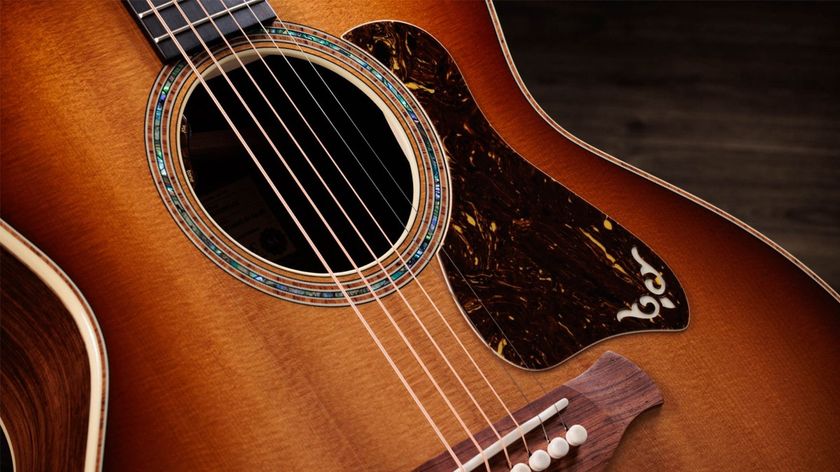
“An investment-grade, pro-quality guitar that will provide decades of playing enjoyment before it becomes a treasured family heirloom”: Taylor Gold Label 814e SB review
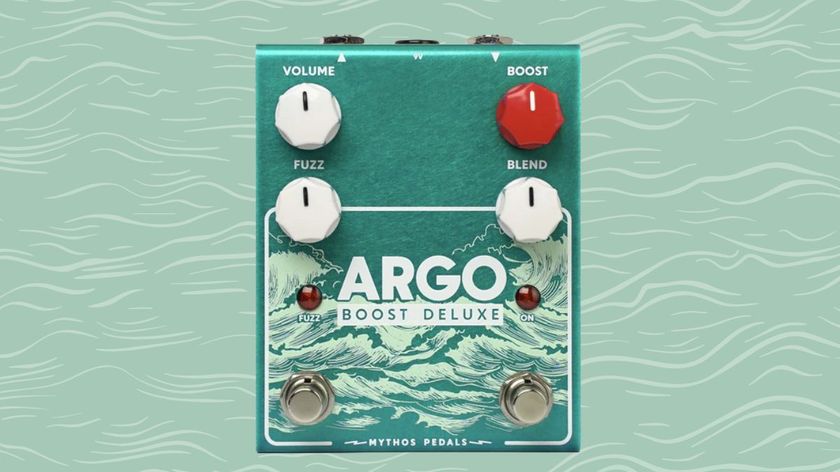
“All of a sudden, my occasional-use pedal has gone to something that can live on the ’board”: That Pedal Show’s Mick Taylor sparks inspired change that sees the Argo Boost Deluxe serve octave fuzz and boost tones in one unit


